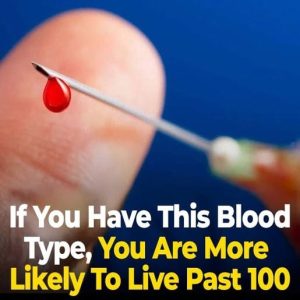Keratosis is a common skin condition involving excess keratin, leading to rough, scaly, or thickened skin patches. While usually harmless, some types can signal precancerous changes.
**Types of Keratosis**
* *Seborrheic Keratosis* appears as waxy, wart-like spots, usually brown, black, or tan. Common in older adults, they are benign and typically need no treatment unless irritated.
* *Actinic Keratosis* is *“precancerous,”* caused by long-term sun exposure. It looks like rough, dry patches on sun-exposed areas and can develop into skin cancer if untreated.
* *Keratosis Pilaris*, or *“chicken skin,”* creates small, rough bumps on arms, thighs, or cheeks due to keratin clogging hair follicles. It’s harmless and often improves with age.
**Causes and Risks**
UV exposure causes actinic keratosis, while genetics, dry skin, and hormonal changes may lead to other forms. Fair-skinned people and frequent sun exposure increase risk.
**Diagnosis and Treatment**
A dermatologist can often diagnose by sight; suspicious spots may need a biopsy. Treatments include cryotherapy, topical creams, and exfoliating moisturizers, depending on the type.
**Prevention and When to See a Doctor**
Use SPF 30+ sunscreen, avoid tanning beds, moisturize regularly, and monitor your skin. See a doctor if a spot *“becomes painful, bleeds, or rapidly changes.”*





